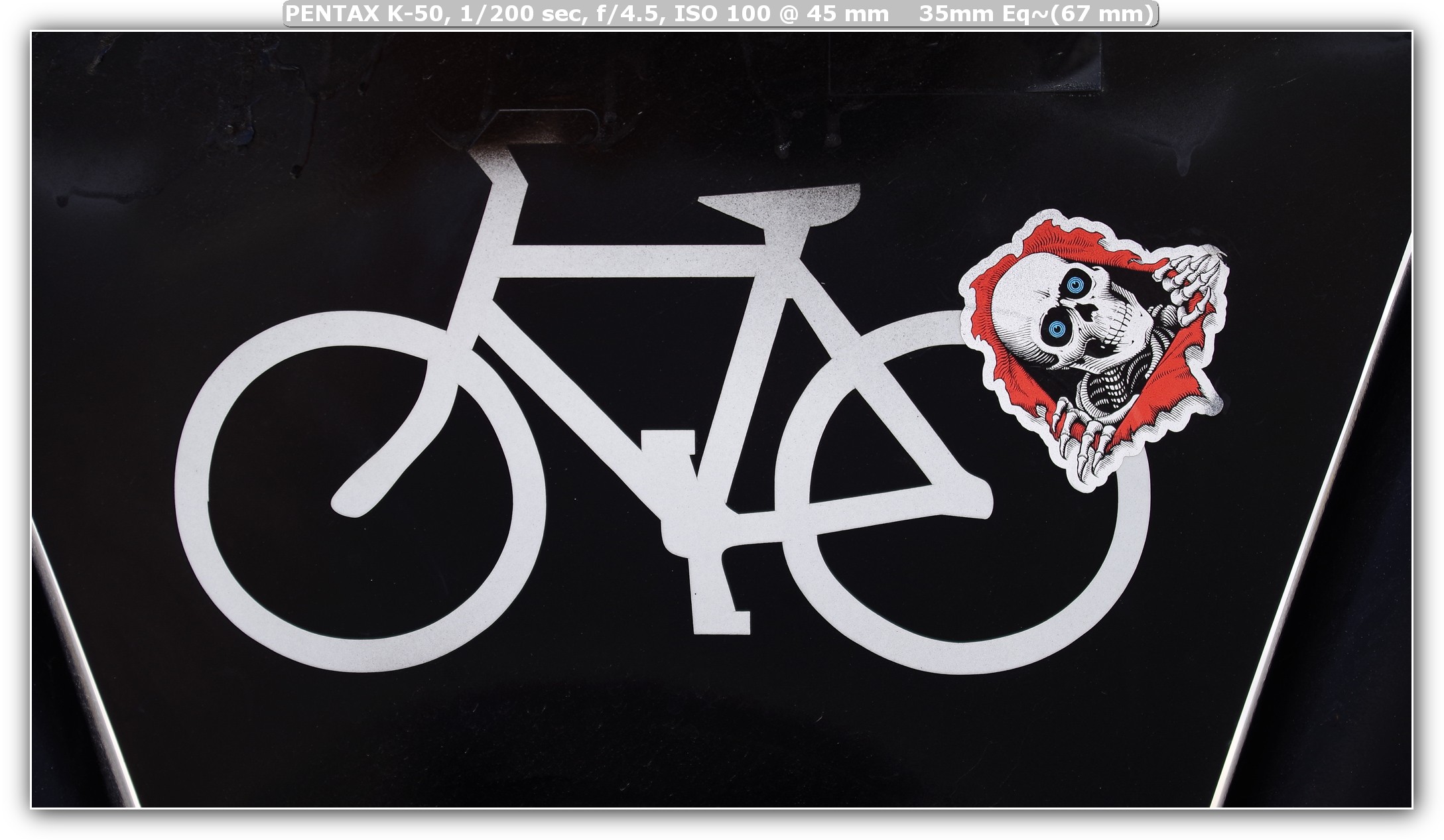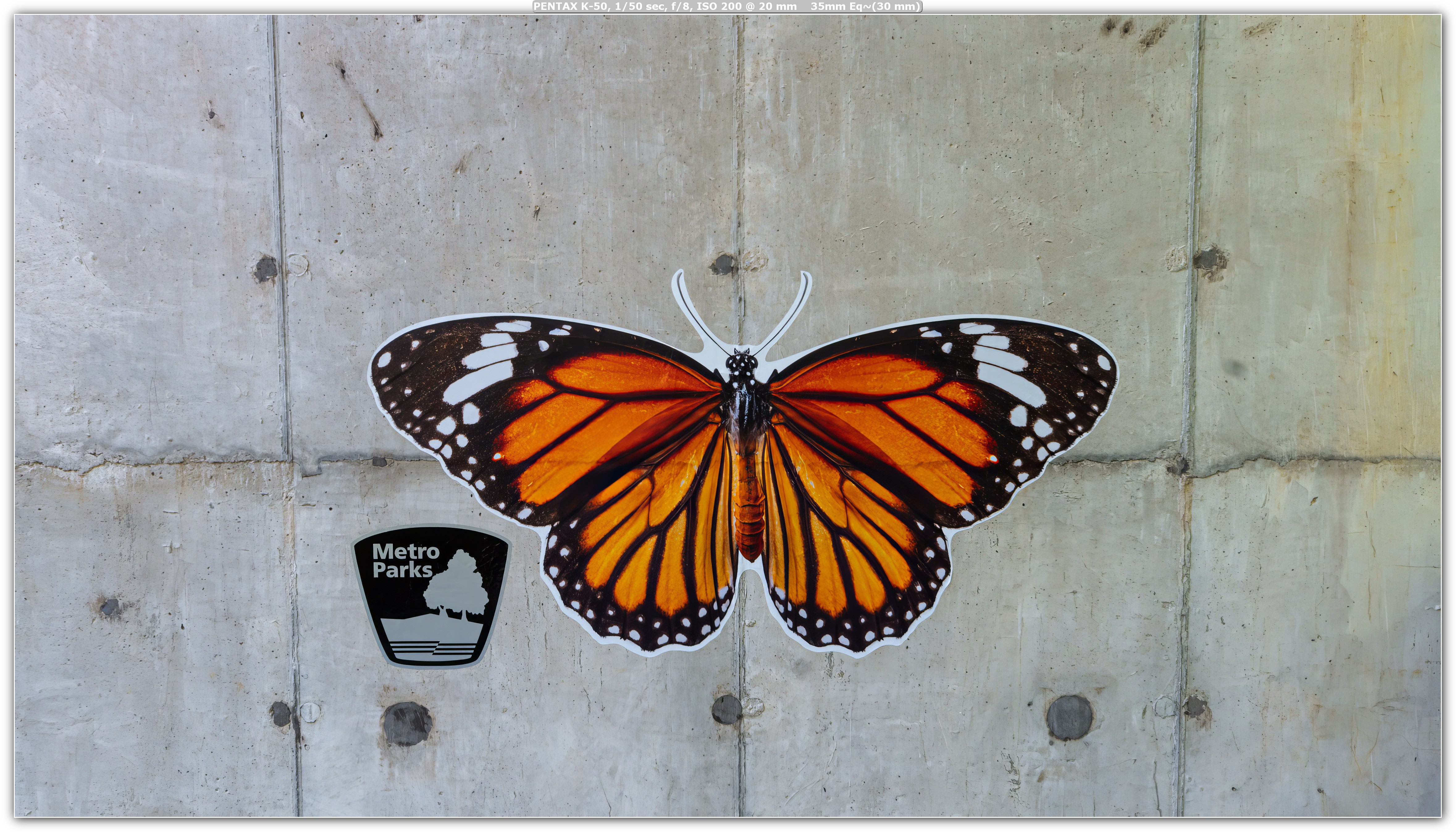
Introduction
After the K10D was returned due to an inability to auto focus fine tune, I have another K-3 coming (I had one a few years ago) …but until then, the local camera store had a K-50. I decided to give that a try to see what it can do! I checked and made sure that the camera could auto focus fine tune and it can!
The K-50 is much more modern than the K10D, having a CMOS sensor of 16mp, versus a 10mp CCD. Released in 2013 (the K10D was released in 2006 – so a full 7 years newer) and an update to the K-30.
As we do, lets journey together and see what we can do with the K-50!
Disclaimer – sample images represent was is possible to get from this specific camera and lenses used. The images are not straight from camera JPG and have most likely been post processed in Lightroom or other software to get them to the vision I wanted. Usually, I’m shooting in RAW for all the images.
Tech Stuff
Body
Picking up this body, you feel the quality construction right off the bat. The Pentax quality of construction is apparent in the feel…but it is not overly heavy. There is some plastic here, but I could not find any creaking or flexing of consequence anywhere. This feels very familiar to the other Pentax cameras we have had in the past, like the K10D, K-3 and K-5. The heritage is apparent.
The used copy I received looked like new, the previous owner must have taken good care of it.
The grip is great and feels like you could carry it all day with no signs of fatigue. There are buttons but not on the same level as the K-3 or even the K10D.
This is an entry level camera, but compared to other makers, this feels more mid level. It does have only one card slot, which may be an issue for some, not an issue for me.
Dials. There are 3 dials on the camera, a top mode dial and 2 command/sub command dials that fall right under thumb and index finger. Both easy to find and utilize for their intended purposes.
Buttons. There are ample buttons, most that are needed for general shooting are on the right on the back. This camera is setup more like the K-3, having focus, ISO , WB from a set of buttons in a d-pad like configuration.
Shutter Release – The shutter release is springy and you can definitely feel the stop where focus activates. Just a bit more pressure and you have the shutter tripped. It is in “traditional” DSLR position and angle. It does fall naturally under the index finger.
Rear LCD – Honestly, it is pretty good for 2013. It is easy to see in sunlight and since the K-50 does not have a top LCD for shooting info, the rear can be used for that. It goes black when you put the camera to your eye and you can control if it displays at all.
It is not articulating, which is a shame since this camera does have a live view function.

Flash
This camera does have a built in flash. It sits right on top of the viewfinder in front the hotshoe.
Viewfinder
The viewfinder is pretty good – showing a nice, bright view of the scene with exposure info at the bottom. A pretty standard Pentax DSLR offering – meaning bright and easy to see.
Weather Sealing
Pentax is renowned for its weather sealing and I’m sure this camera, even given its age is no different. Pair it with a weather sealed lens (I chose 20-40mm f/2.8-4 WR Limited) and I’m sure you’d be good to go.
Please don’t take my word for the weather sealing – make your own decisions on how you treat your gear.
Lenses
For this review – we used the Pentax 20-40mm Limited, Pentax 18-55 kit lens as well as a cheap, eBay purchased “untested” Quantaray 100-300mm f/4.5-6.7 LDO lens. This appears to be a re-branded Sigma lens. Also there are a few Sigma 10-20mm f/4-5.6 images for good measure.

Performance
Overall System Performance
Released in 2013, the K-50 fires up quickly and is ready to go almost instantly.
Menus are easy to navigate through with no lag at all going from tab to tab.
Overall – this is a DSLR and it performs like one. Quick, fast, photography centric…just good and never gets in your way or slows you down.
It does have a video mode, but I won’t be using it here. This is a stills camera for me.

Autofocus
Auto focus on Pentax has always been one of the places that I ding them – especially with the older models. This is no different, but the AF speed and accuracy seems to be linked to the type of lens used.
When using the DA 20-40mm f/2.8-4 Limited zoom lens, the focus seems pretty confident.
Surprisingly, the Quantaray lens is also very much a confident focuser for a screw drive lens, with minimal hunting.
Much like the K10D, I could see that the back focus was severe, it was 2-3 inches off, so not as bad as the K10D…but thankfully I can use the auto focus fine tuning to get everything right. The K-50 came with an 18-55mm kit lens. I used a focus target setup and I was able to figure out that it was not a specific lens – it was the camera itself – so added +5 and now focus is bang on for all lenses used.
AF Point Selector
You have standard Pentax options here with AF point selection (5 or 11 points), spot which is the center only and then auto focus point selection by the camera using either 5 or 11 points.
Continuous
I never tested this as I would not be using a camera like this to track fast moving subjects.
Manual Focus
In the viewfinder, you can use the focus confirmation point on the info display to verify the focus…but the viewfinder is good enough to let you get pretty close just by eye. Pentax has always been very good at putting good viewfinders in their DSLRs.

Battery and Battery Life
Boasting a large battery capacity and a CIPA rating in the 410 with the DLi109 battery. The K-50 is also capable of using a AA battery adapter and your choice of alkaline, lithium, and rechargeables!
In my testing, I’ve yet to go out for a full day and exhaust a battery. I usually just leave the camera on the whole time I’m out shooting too, so K-50 does well on standby.

Stabilization (IBIS/AS)
This camera does have stabilization! Given the age, don’t expect a lot of help…but from what I can find from the research we are looking at 3-4 stops…that is still a nice to have!!

Ergonomics
For me, the size of a camera is important. There is a point of diminishing returns on size. You can only go so small before the controls are hard to reach and the camera is difficult to hold.
Feel in The Hand
I already mentioned that the camera feels solid. If a camera is too small it is hard to get to the buttons that are on the camera body. This camera feels very good to me for what it is. The grip is a bit small, but with the size of the lenses I’m using with it and the everyday carry nature of the camera, it does not feel too bad. My pinky finger does drop off the bottom.
I can get to the buttons and dials pretty easily.
No accidentally bumping of the buttons. Controls laid out well. Pentax makes a great feeling camera.

Image Quality
ISO of this camera runs pretty high, all the way up to 51200…but I would not really use anything above 21800…just not worth it for me. In day to day use, I cap my high ISO at 6400.
The APS-C CMOS sensor does pretty well for itself here, even given a 2013 imaging chip.
There is a lot of latitude in the RAW files to pull from the shadows if needed.
As I have in the past – I have an issue with figuring out how to get the best out of the JPG engine in the Pentax cameras. I’m just not a fan of the basic setup. I do like the natural, reverse film and BW presets…they provide a nice tonality – but my issue has always been with the sharpening.

Somehow it is hard for me to find that sweet spot of enough sharpening without going too sharp and introducing artifacts.
Shooting RAW is the normal way that I shoot – just to have the ability to pull as much from the data as possible. My workflow is to run the DNG through Topaz Photo AI to do a RAW Denoise – setting the denoise setting at 5-10 (depending on ISO) and the deblur to between 50 and 90.
I then import the new DNG into Lightroom Classic and do my basic exposure adjustments, cropping, and lens corrections there. Works very well for me so far. Just note that as of this writing, the compression from Topaz on the DNG still yields a substantial sized RAW file. I’ve seen it go from a Pentax DNG that is 20MB to a Topaz adjusted file that is 80MB.


Final Thoughts
There is a lot to like about the K-50. It is classic Pentax. It handles well, had great battery life. There is word out there that the K-xx cameras have an aperture solenoid problem – this affects the ability for the camera to auto focus correctly. I’ve not experienced an issue with it for the first few weeks of shooting with it. Hoping I never do!
Based on the past Pentax experiences – they make a “photographers camera”. No fluff and frills that are not needed. Simple menu systems, controls where you want them.
Pentax’s older systems have lagged behind comparable cameras from the likes of Nikon and Canon in auto focus and overall modern lens selection. That gap is closing with cameras like the K-1 II and the K-3 III. However – as a day to day shooter, the K-50 really works quite well when paired with good optics.
There are some compromises that were made, I’m sure, to hit a price point. There might be some things that are not optimal for all shooters – but for a cheap, day to day shooter, it’s a solid option.
Final Verdict = Recommended!

